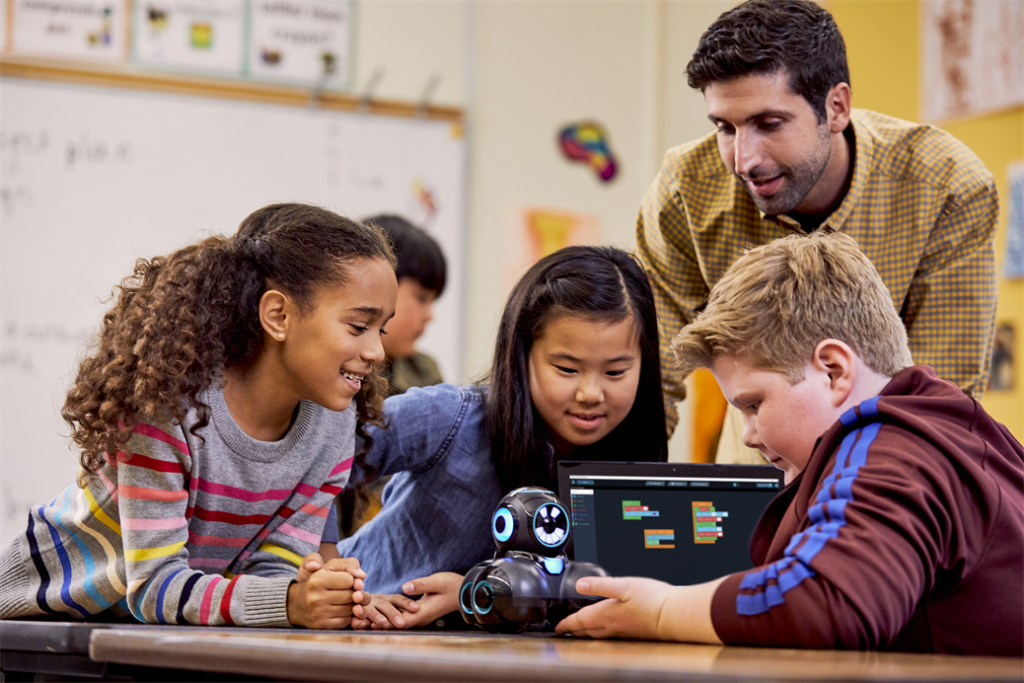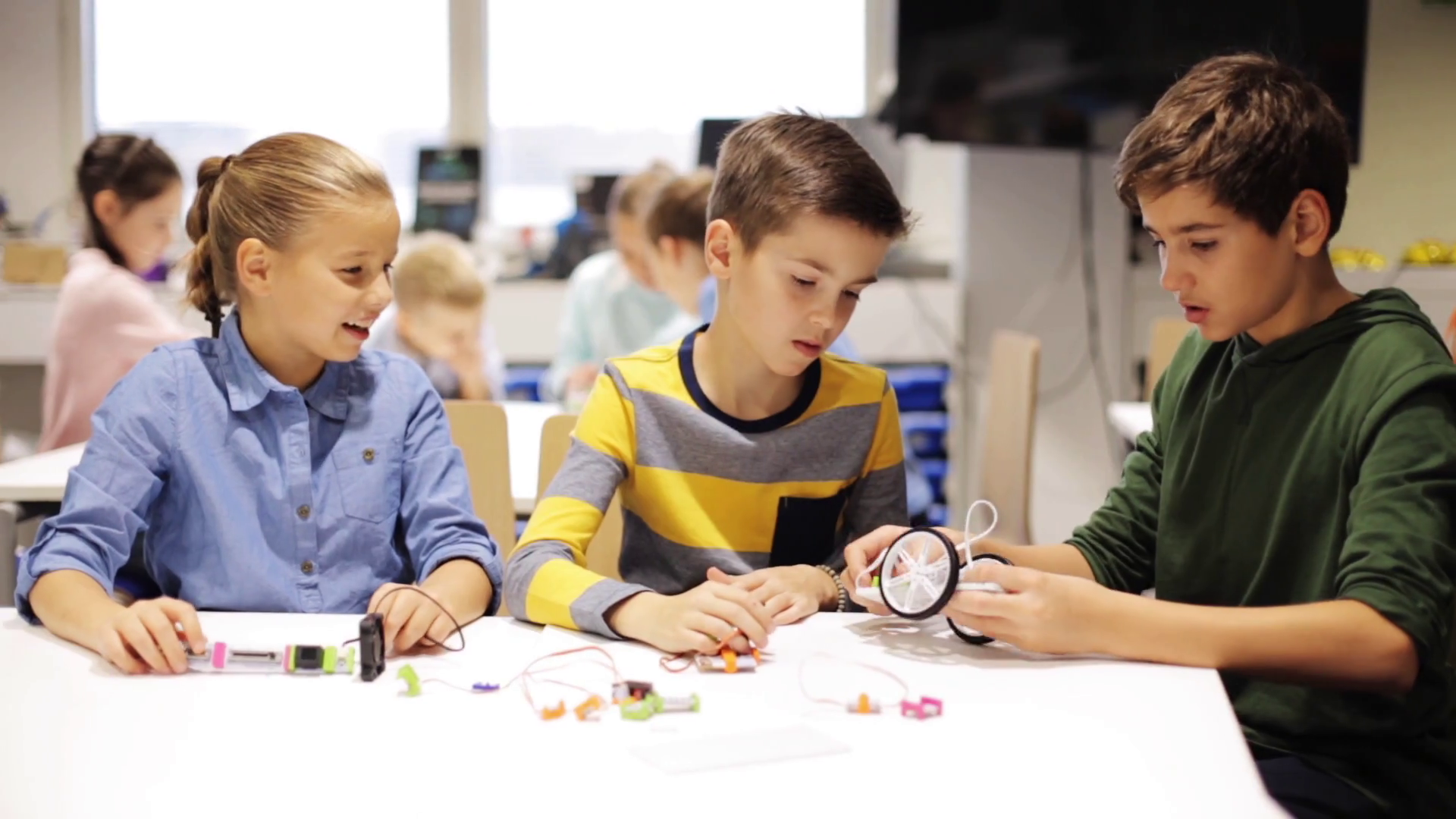STEM careers are going to take the lead in the next decade, especially as the country works toward goals such as reaching the moon by 2024 and setting up a permanent moon base by 2028.

Science, technology, engineering and mathematics are the careers that will carry the U.S. into the future — but middle and high school students are quickly losing interest. In fact, only 38% of current students are naturally interested in the STEM fields. How can teachers and educators keep students learning about STEM for the next year?
Change the Way You Teach
It's a running joke, that students spend all their time learning things they'll never use again. When was the last time the average graduate used algebra, after all?
While students may be interested in technology, it often doesn't extend beyond the cellphone in their pocket or the tablet in their backpack.
The traditional ways of teaching these subjects don't work anymore, especially when you have a generation of incredibly smart children who can — and often do — take online courses on a whim to learn coding, mathematics or other things that could help support them in a STEM career.
Teachers need to change the way their instructing STEM courses. The same old "inside the box" curriculum doesn't excite and engage students like it used to.
One survey showed that 57% of students would prefer out of the box education, and 49% suggested that teachers take steps to show them how they can apply skills to real life. Modern students don't want to waste their time with skills that won't serve them, instead preferring to study things that will help them after they graduate and move into the workplace.
Look Beyond Graduation
For educators, especially those in public school systems, it's tempting to focus every effort on helping your students reach graduation, with little to no thought as to what they'll do in college and beyond.
If you want to keep students interested in STEM careers, you need to look beyond graduation and turn these STEM classes into lucrative careers. A recent survey found that STEM careers make up more than 13 of the top 25 jobs for millennials.
From nuclear engineers to computer research scientists and petroleum engineers, STEM careers can guarantee millennials a median income of $100,000 a year or more. When many high school and college students are working minimum wage entry-level jobs — or haven't even made their way into the workforce yet — a six-figure job is something to look forward to after they graduate.
The youngest millennials are 23 this year, and Gen Z is making its way through high school and college and will soon be entering the workforce if they haven't already. You need to start making these changes as soon as possible to help encourage a new generation of students to take the jobs that will help build the future.
Keep Things Going Year-Round
Have you ever heard of the summer slide? This seemingly inevitable loss of skills and achievement during the long summer vacation could discourage students. However, STEM lessons don't have to stop once the school year comes to an end. There are plenty of things you can do to keep the STEM learning going year-round.
If you're coming up on winter break, consider scheduling an educational field trip during the vacation, gifting your students with STEM toys or assigning building projects they can put together over the holiday.
The possibilities are endless — you can use nearly anything to teach STEM and keep your students engaged during the holidays.
Looking Forward
STEM careers are going to become more important as the years go by.
Making a few changes now, from the way you teach to the tools you use to keep students engaged during holidays, you can ensure that today's students become tomorrow's STEM experts.

Discover more about STEM Education with RobotLAB!
Check our products page, and our learning platform Engage!K12 that offer a wide range of lessons for students and teachers! No robotics experience required.
RobotLAB products Take me to Engage! K12
 Kayla Matthews is a robotics and EdTech writer whose work has appeared on The Robot Report, Information Age, Learning Liftoff and Robotics Business Review. To read more from Kayla, please visit her tech blog.
Kayla Matthews is a robotics and EdTech writer whose work has appeared on The Robot Report, Information Age, Learning Liftoff and Robotics Business Review. To read more from Kayla, please visit her tech blog.
